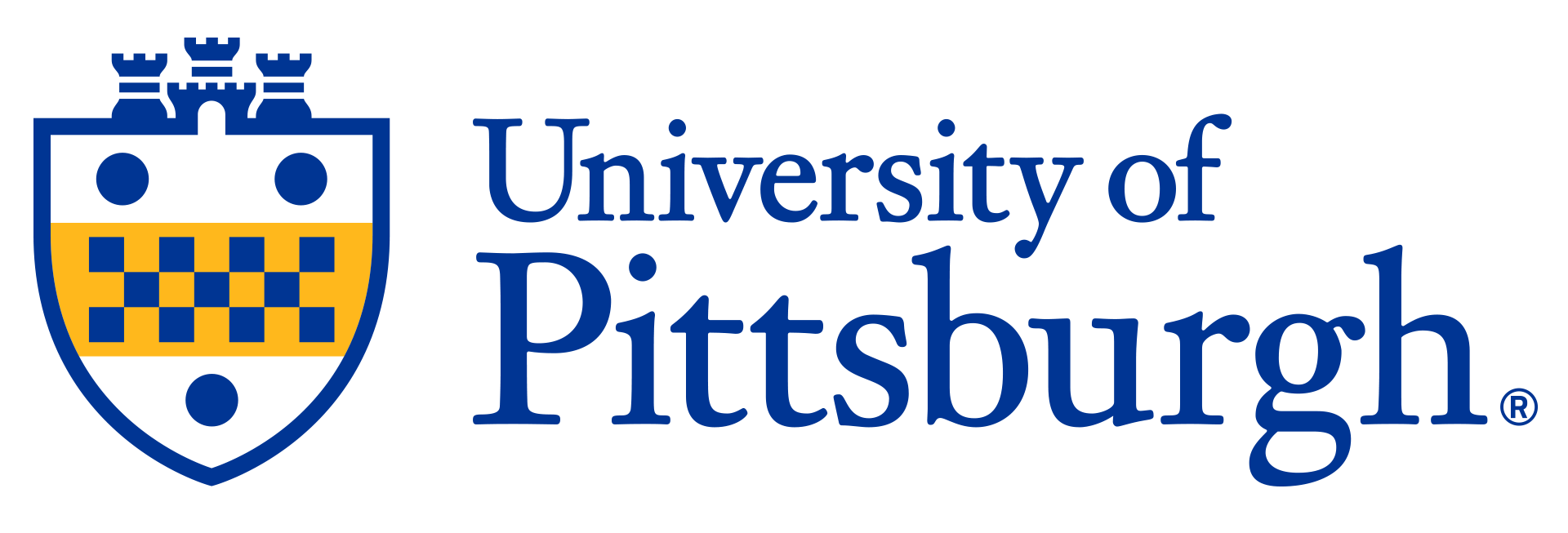

Novel Glaucomatous Damage Prediction Tool
University of Pittsburgh, The State University of New York Downstate, and Wills Eye Hospital researchers have developed a tool to predict the risk of glaucoma. Developed using a bank of human and non-human-primate (NHP) eyes, this novel approach uses artificial intelligence (AI) to determine mechanical nonlinearity (a measure of intraocular pressure (IOP) dependent stiffness) using optical coherence tomography (OCT) images and can predict glaucoma progression. Full optimization and clinical application of this tool could ensure early recognition and treatment of glaucoma providing benefits to millions of people.

Description
Glaucoma results from increased pressure inside the eye leading to damage of the optic nerve. Globally, glaucoma is the second leading cause of blindness. While the causes of glaucoma are multifactorial, age is a major risk factor. By 2040, 100 million people are likely to be affected by glaucoma. Early diagnosis reduces the risk of vision loss and there is a pressing need to develop better tools to assist clinicians in earlier identification of those most at risk of developing glaucoma. This novel AI-based tool will assess OCT images to identify eyes most susceptible to developing glaucoma through prediction of the retinal fiber layer (RNFL) thickness allowing for early intervention and personalized treatment strategies.Applications
• Glaucoma screeningAdvantages
IOP monitoring can help identify those at risk of glaucoma. However, this technique is not definitive as not all eyes are susceptible to the effects of elevated IOP. Additionally, some patients’ eyes may deteriorate despite IOP reduced to within a “normal” range (i.e., 10–21 mmHg). Mechanical nonlinearity may predict functional changes to glaucomatous damage but is currently rarely determined, with ex-vivo imaging the only available method to do so.This novel approach uses a model trained using two-pressure OCT from human and NHP samples. Based on strain and displacements calculated from the OCT, mechanical nonlinearity is predicted. A further deep learning model uses the data to predict changes to RNFL thickness over time and the risk of glaucomatous damage. Given that OCTs are regularly performed during routine eye exams, this novel prediction tool can be readily integrated into current clinical practice.